It's taken a week and a half after the class has begun, but we're finally here, updating our class blog. Last week (the first week), we read Chapter 1 of Eagleton's How to Read a Poem, in which he calls for an integrative approach to rhetoric, in the service of connecting our reading and analysis to the rest of human life: "Forward to antiquity." Yesterday, we discussed Chapter 1 of Berger's Ways of Seeing, a book that, like Eagleton's, takes a Marxist approach to examining (in this case, visual) texts. There's a great concern in each about how words are used to soften reality, manipulate it, or divorce art from it. I'd mentioned the way such a concern is also manifest in Christian students, and brought to my mind was a panel at the 2010 AWP, "God and the Workshop: Accommodating Religious Students," which called attention to this same phenomenon, as experienced by various professors of creative writing. (Disclosure: It was led by my friend and mentor, Cal Poly Professor Kevin Clark.)
But I don't want to make this blog a mere--and boring--accounting of what we read. The students also made--spontaneously and in collaboration--some really cool stuff, photographs of which we'll shortly publish. And we listened to some great music. (The song-of-the-day updates will be posted on the right side of this blog.)
Finally, as I shared the pastiched / collaged / limited-by-record-industry-convention-but-forward-thinking / highly disciplined / mono / number-1-smash-hit-from-1966 Beach Boys' song "Good Vibrations," I highlighted one of its many great, deceptively simple lyrics:
I don't know where but she sends me there.
Re-reading Eliot's "Burnt Norton" this week, I came across this line:
I can only say, there we have been: but I cannot say where.
Who knew what Eliot was onto would be echoed by a song one day used to sell soda pop?







































































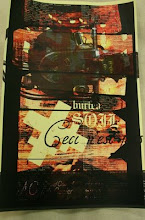
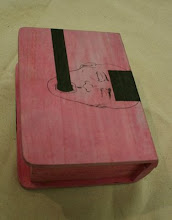
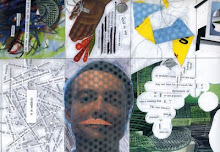
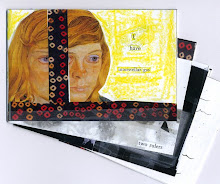
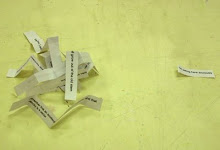
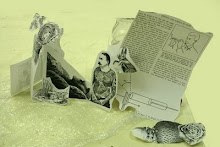

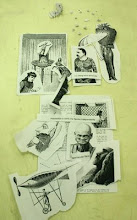
No comments:
Post a Comment